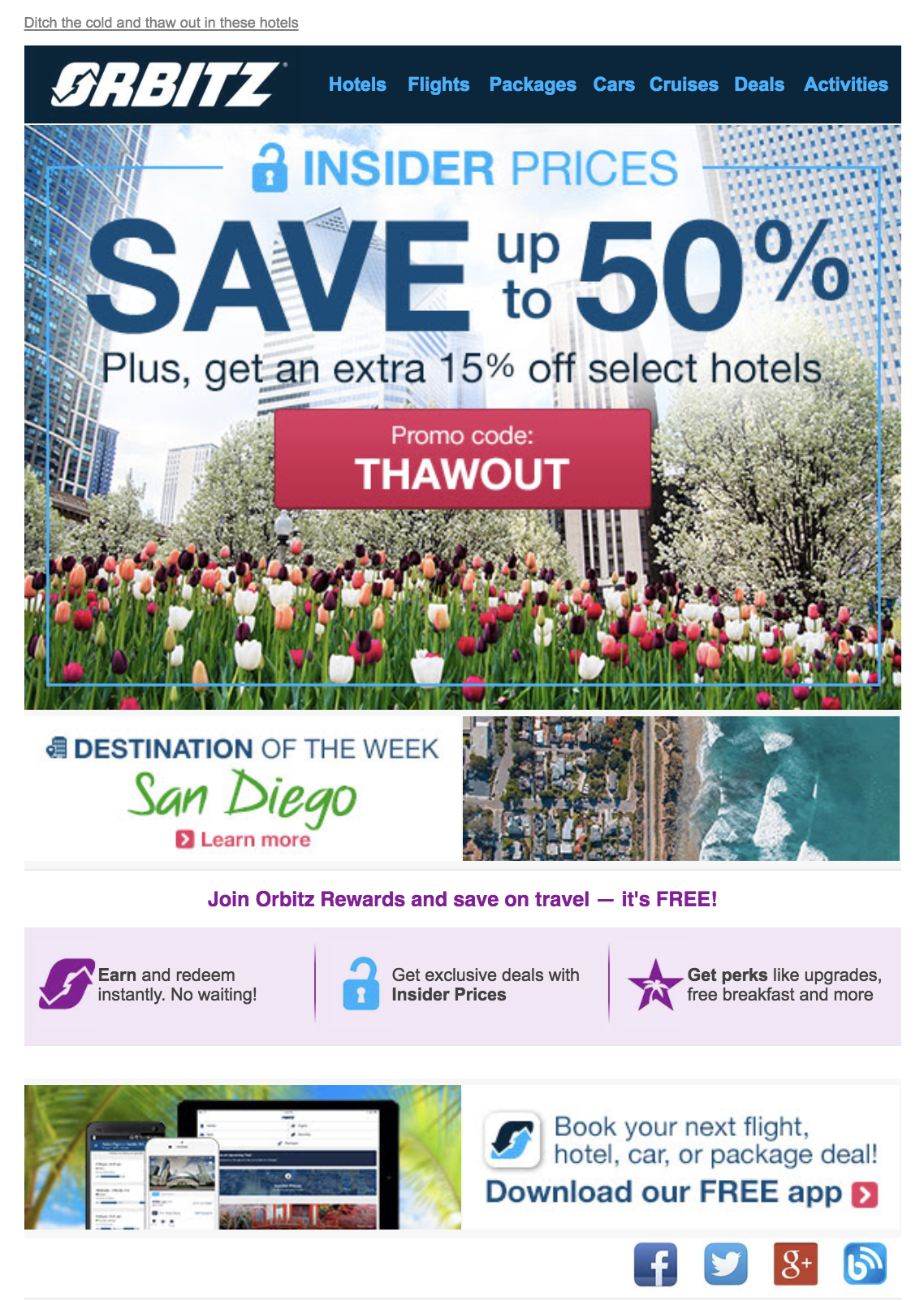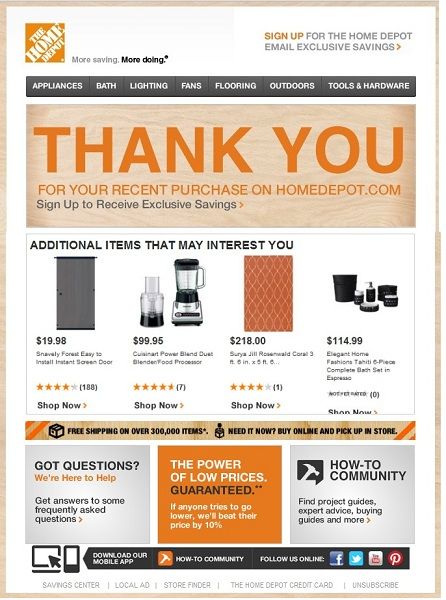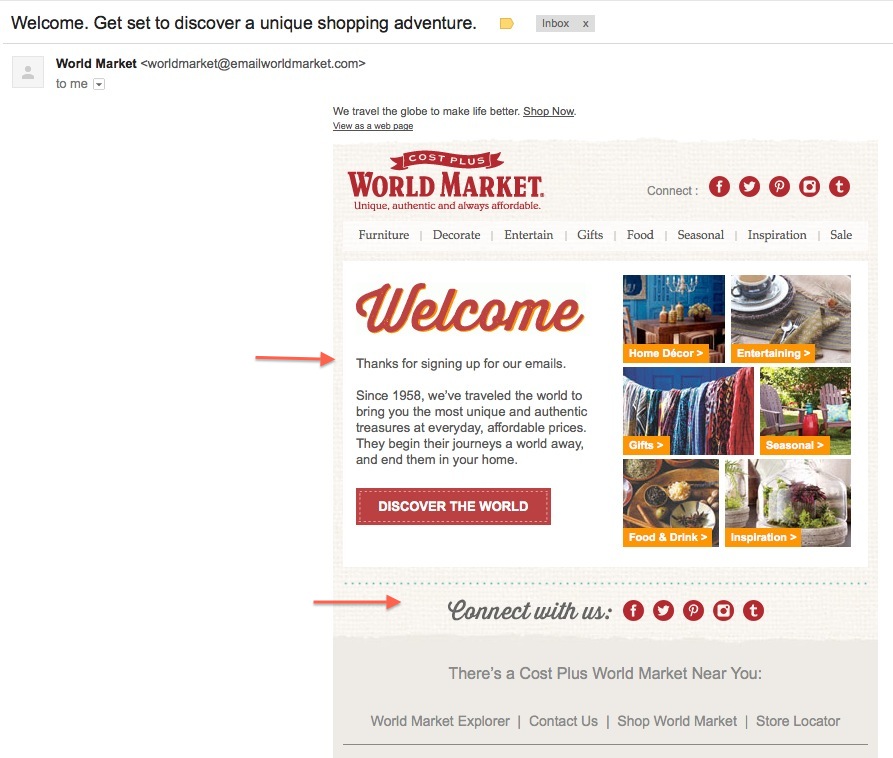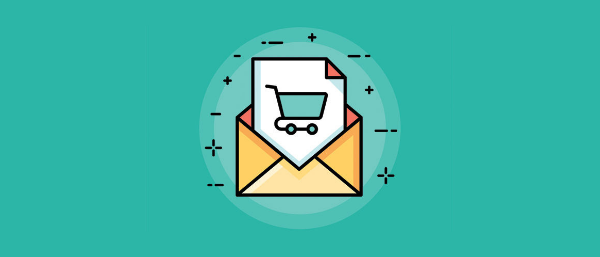Marketing develops a connection with the audiences, inspires them to engage with the brand, which leads to a purchase. Thus, marketing is all about connecting, engaging and converting. In this entire process, you cannot lose touch with customers, especially in a highly competitive market environment. Emails, particularly transactional emails play a crucial role in this entire process.
Transactional emails are automated triggered emails that are sent to customers on various occasions:
When customers buy a product/service, sign into the newsletter, register on your website, you mail an invoice, customers choose to reset the password, they abandon the cart while they are buying something on your website, you inform the customers when the product will be delivered, etc.
These are all examples of transactional emails- don’t they sound like just plain notifications or emails that are meant to inform customers about some action or transaction. These emails are sent to customers after they take a particular action.
Let’s suppose a customer subscribes to your newsletter, a personalized email is sent, thanking her for subscribing. But, you may decide not to stop at just thanking her. You pick this opportunity to know more about her preferences on the topics of her interest; some more information about her can be gathered.
Thus, this plainly boring email now communicates with the customer that prompts her to engage with your brand.
Transactional emails shouldn’t be boring or bland, they should be designed and shaped to make the audiences curious about the brand and develop a personal touch with them.
Now, the impending question is, how to get more from your transactional emails?
Let’s answer this question:
Strike while the iron is hot
When customers take a particular action, the brand is at the top of their mind. They expect you to communicate with them immediately. So, don’t waste time and immediately send a transactional email.
For example, your customer buys a pair of earrings from your website. She makes an online payment. You need to immediately connect with her by sending an email thanking and informing her of the delivery and payment details. If your email is sent a few hours or a day later, she would consider the communication sluggish and she might choose to not open the email.
When you immediately send an email, she is bound to pay attention to it.
Say something more
Now that you’ve thanked your customer for making a purchase, take the opportunity to offer her something more. You can offer a 25% discount on the next sale and send her some suggestions from your product list. This email is an upsell and can be sent later.
The idea here is not to be too pushy. If you try to upsell in the order confirmation email, it would look like you are being pushy. Instead of engaging the customer might move away from the brand.

Ponder over the purchase/choice
When customers buy something, they provide you a lot of information about themselves. The choice of product they’ve made, the color, texture, style, the day and date they’ve made the purchase, etc.
Don’t just ignore this information. You should use this information to connect back with your customers. Remind them that they had made a purchase on a particular day and send them the picture of the product they purchased. Send them similar suggestions and a discount offer. You can offer free shipping for a month that can motivate your customers to buy something else.
Data generated from customers’ actions can get you connected back to customers on various occasions. Use this data, analyze and make the most of it.

Social media is impactful
A transactional email shouldn’t be loaded with promotional content. Use less aggressive techniques to bond with customers. In fact, use transactional emails as an opportunity to share more about your company and its offerings.
When you share information about your company with your audiences, it develops trust. This can be done by generating curiosity about the brand through the email and then directing your audiences to the social media accounts of the brand. You should include social media handles in the email.
For example, you can suggest them to follow the brand on social media to get regular updates on various events, offers or discounts on the social media page.

Let the preheader converse
The preheader is the first line of the email message body. It appears as the text next to the subject lines. Only a few words of the email message body are visible to the recipient/customer. So important details of the email, which cannot be fit in the subject line, can be included in the preheader. This is the best way to indicate the customer about the details of the email.
So, the customers know that the email is relevant thus, motivating them to open it. Often marketers ignore this opportunity. Also, the subject line should clearly mention the purpose of the email.
For example Pharmacy Medicals, shipment confirmation – order #345621
Order #345621 delivered
Focus on customer service
Apart from the necessary information provided to the customer, there is scope for including some more information, otherwise not anticipated by customers.
Add adequate information about customer service where the customer can connect with your organization- contact information, phone numbers, email addresses, links to frequently asked questions and other help pages. When this information is shared with the customers, they tend to be relieved that you can be contacted whenever necessary.
They get relieved when they know that their queries are being answered and they are being heard by you.
Branding consistency and creativity
When you send emails to your customers, the content and design should not be drab and boring. Engage your customers by creating interesting emails that can sustain their interest levels. Also, there should be consistency in the design, color scheme, form, font size, and type. Once customers open the email, they should feel a sense of connect and familiarity – they should immediately connect the email to the sender -that is your brand.
Support the buyer’s journey
Correlate transactional emails to the buyer’s journey – be there when customers need you and support them through their journey. Let’s take an example from the travel industry. A customer books a hotel room and you send the transactional email to confirm the booking. Later, when the customer’s day of travel arrives, remind her that she is scheduled to check-in to the hotel. Send all the reservation details, facilities available in the hotel- pub, gym, cuisine in the restaurant, travel facilities, etc available in the hotel.
This supports your customers and is also a form of an upsell.
So, transactional emails can be used to share more information about the brand, connect audiences to your social media accounts, support the buyer’s journey, focus on customer service and upsell. A transactional email need not be drab or boring, add some spice to it by creating great designs and content.
If you wish to optimize results from your transactional emails, connect with the Juvlon team.
Also, catch up with some more interesting updates from the world of email and SMS marketing on our blog.

